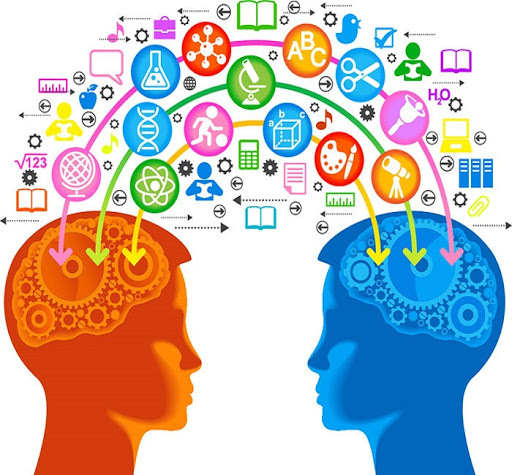Traci Smith’s Updates
Peer To Peer Learning in the Secondary English Classroom- Please Review
o Peer Learning in the Secondary English Classroom
In traditional classrooms, educators are often the only source of knowledge. However, peer to peer learning flips this concept on its head. “Peer to peer learning is an educational practice in which students interact with one another to attain educational goals” (UoPeople). With the guidance of instructors, peers are allowed to teach and be taught by others. This allows students to foster more connections and broaden their perspectives (UoPeople). This concept is very useful in any situation, but my focus will be in the secondary English classroom.
For many teachers of English, teaching writing is the bane of their existence. It is time-consuming and tedious, especially when all assessments rest on the teacher’s shoulders. However, when using digital platforms such as the G Suite for Education, students can work more collaboratively and even teach and assess one another. Based on effective instruction by the instructor and focused rubric students can give each other meaningful feedback and even instruction. By evaluating another student’s work provides another opportunity to solidify the learning of a skill or competency. “We also know very clearly and it's very well documented that when you teach somebody else, your own learning gets elevated. So providing learners with an opportunity to give peer to peer feedback helps everybody lift the level of performance and understanding. It's a very powerful tool that can be expanded in the digital environment” (Kalantzis, 05:39-06:07). This is especially useful using a Google document for example. Students can give feedback for revisions and make comments based on a rubric directly on the document. This enhances the learning of the assessor and the student being assessed. This approach also gives each student an opportunity to get feedback from a variety of sources, not just the teacher. Thus, refocusing the assessment formatively as opposed to summatively.
Getting feedback and learning from peers throughout a learning cycle, helps students to focus more on the process instead of just the final grade. Our goal is to increase our students’ love of learning, not just to lead them to the “correct” answer. Peer to peer learning helps to make this goal more attainable.
Works Cited
“Collaborative And Peer to Peer Learning.” University of the People, www.uopeople.edu/student-experience/quality/collaborative-peer-peer-learning/#:~:text=Peer%20to%20peer%20learning%20is,another%20to%20attain%20educational%20goals.
“Recursive Feedback, Part 4A: Why Feedback Matters.” Coursera, www.coursera.org/learn/elearning/lecture/k1a4A?t=339.


